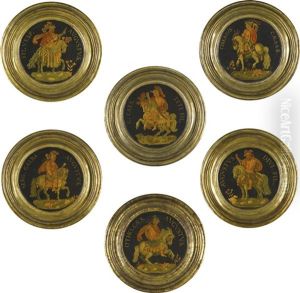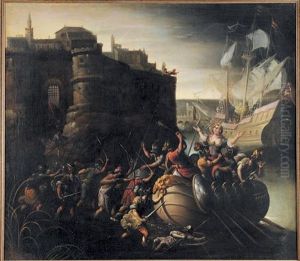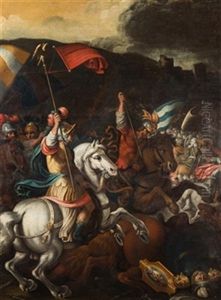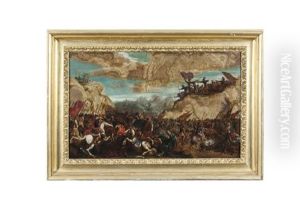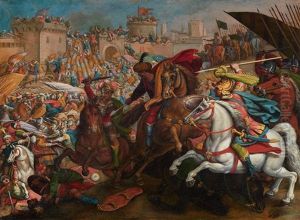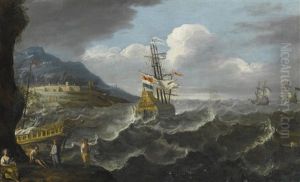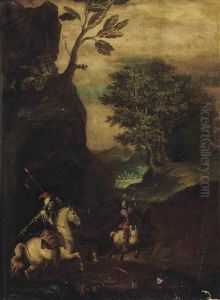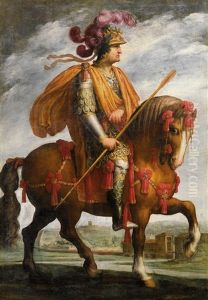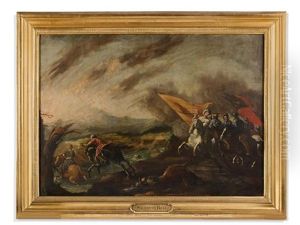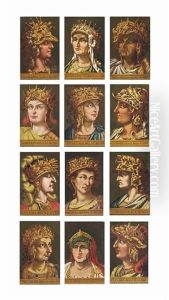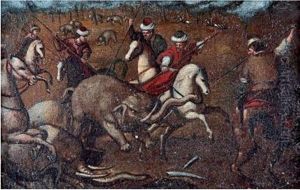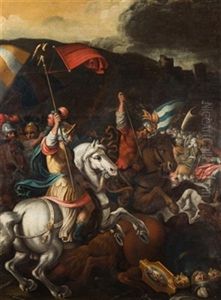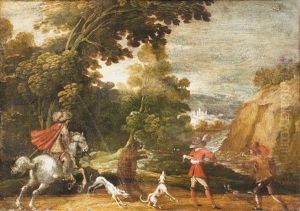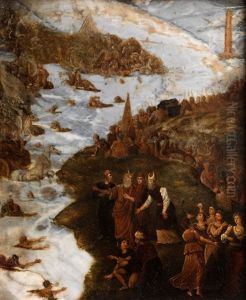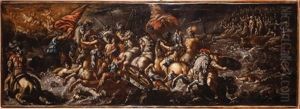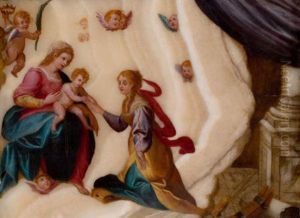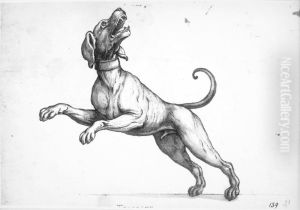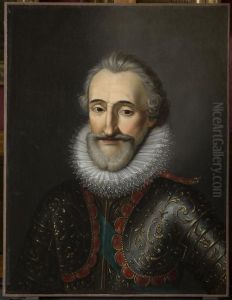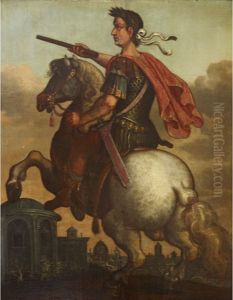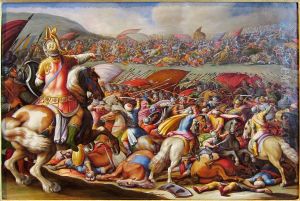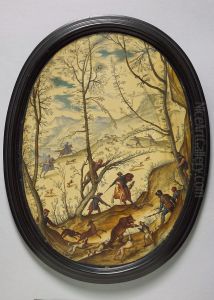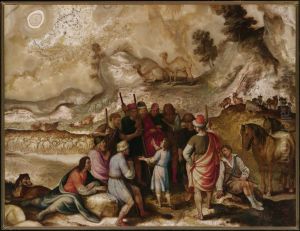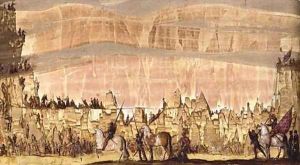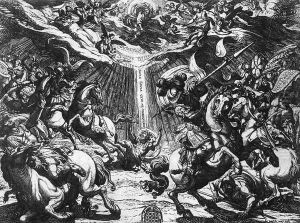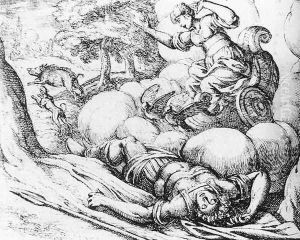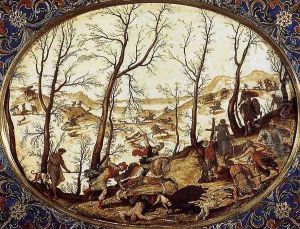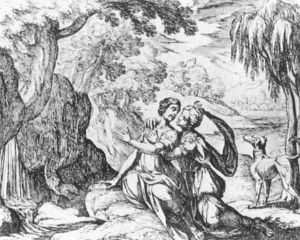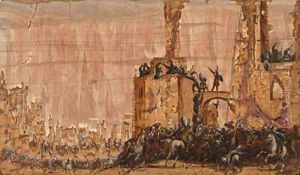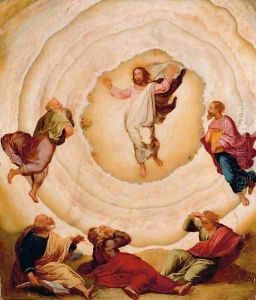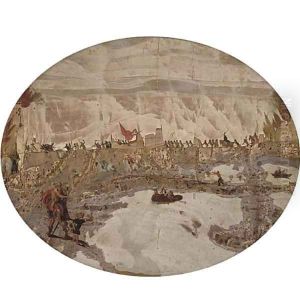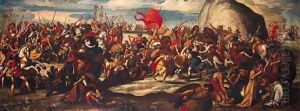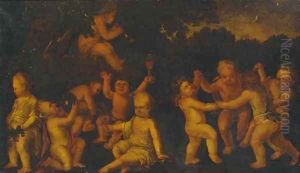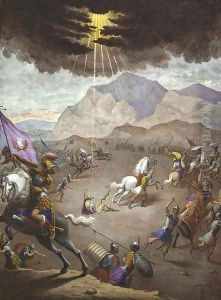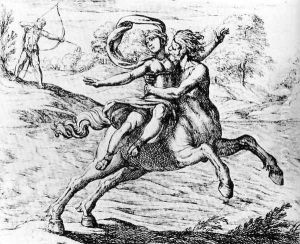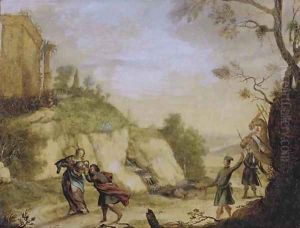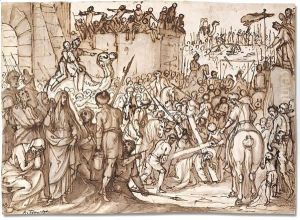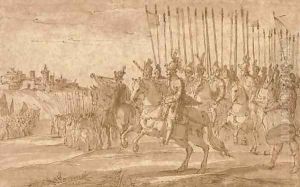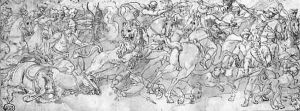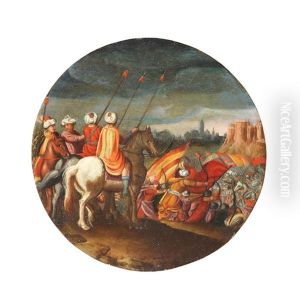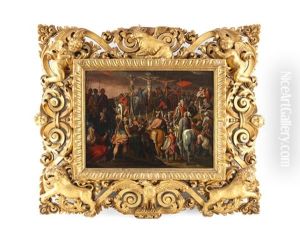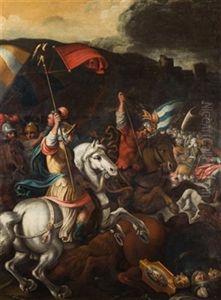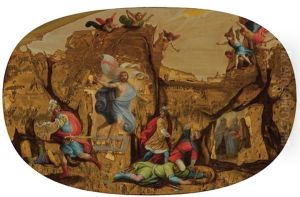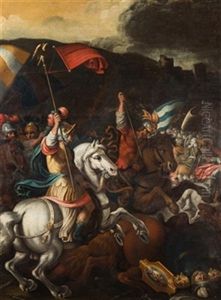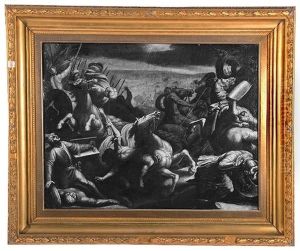Antonio Tempesta Paintings
Antonio Tempesta was an Italian painter and engraver, born in Florence, Italy, in 1555. He was a pivotal figure in the transition from the Renaissance to the Baroque period. Tempesta was trained in the Florentine school, where he was heavily influenced by the Mannerist style, particularly by the works of Giorgio Vasari and the counter-reformation themes of the time. His early exposure to the art of engraving and printmaking would later become a significant part of his artistic output.
Tempesta moved to Rome in the late 1570s, where he became involved in various projects for the Vatican and other notable patrons. He was known for his battle scenes and animal hunts, which were not only popular in Italy but also across Europe. His works were often characterized by dynamic compositions, a keen attention to detail, and a dramatic use of light and shadow, which were innovative at the time and influential in the development of Baroque art.
In addition to his paintings, Tempesta was a prolific engraver, and his prints played a crucial role in disseminating his style and subjects throughout Europe. His engravings included a wide range of subjects, from biblical and mythological scenes to maps and landscapes. One of his most notable contributions to the world of printmaking was his series of etchings depicting the Old Testament, which was widely circulated and admired.
Tempesta's influence extended beyond Italy, affecting the development of art in Northern Europe. His works inspired a generation of artists, including Peter Paul Rubens and Rembrandt, who admired his ability to depict movement and emotion in both his paintings and engravings.
Despite his success and influence, Tempesta's life was not without challenges. He faced financial difficulties and competition from other artists, but he continued to work and innovate until his death in Rome in 1630. Today, Antonio Tempesta is remembered as a master of both painting and engraving, whose works bridged the gap between the Renaissance and the Baroque, leaving a lasting impact on the art world.
